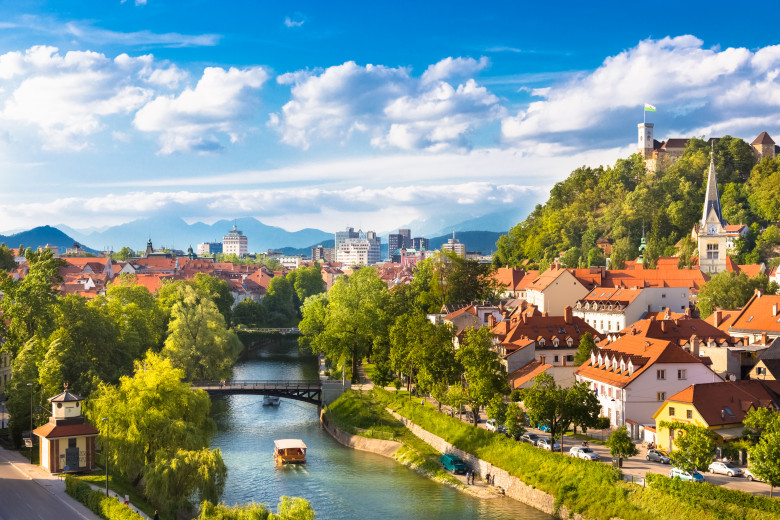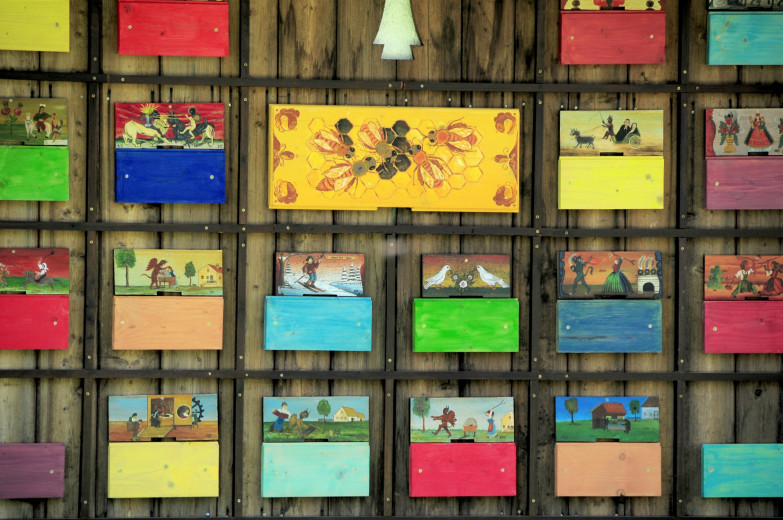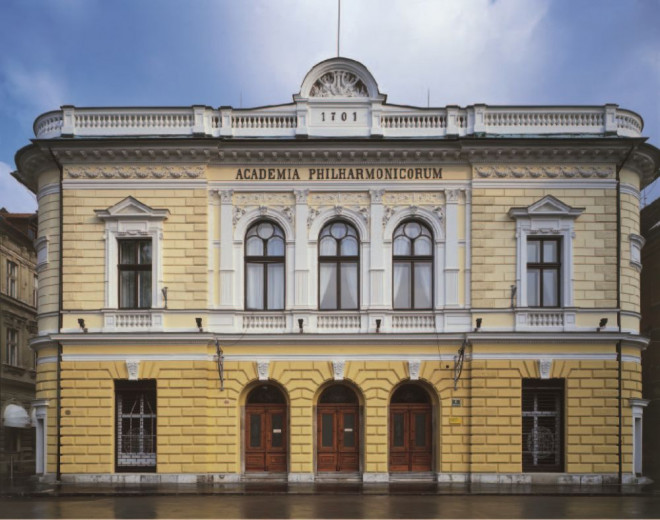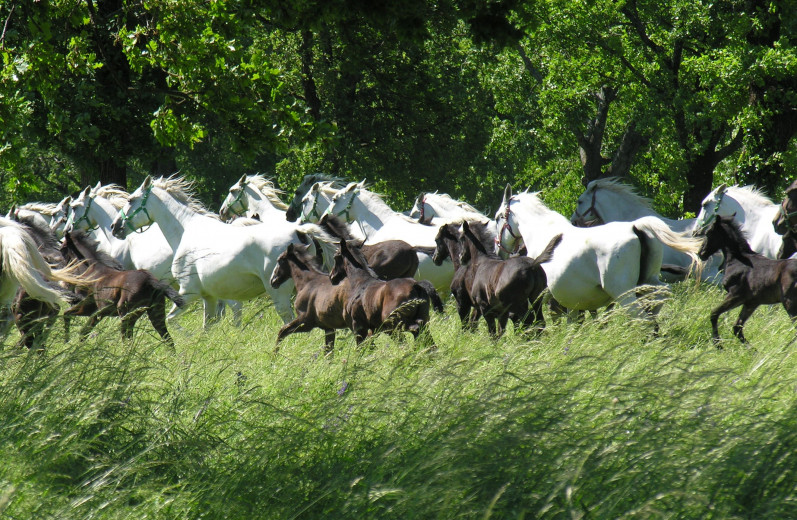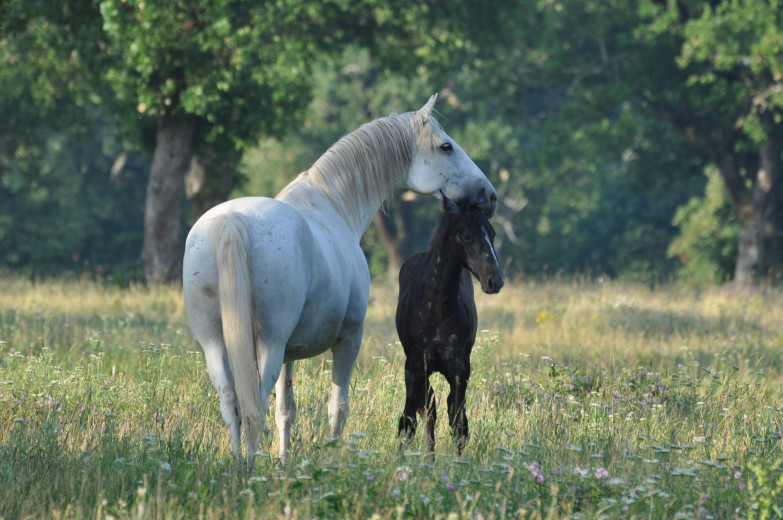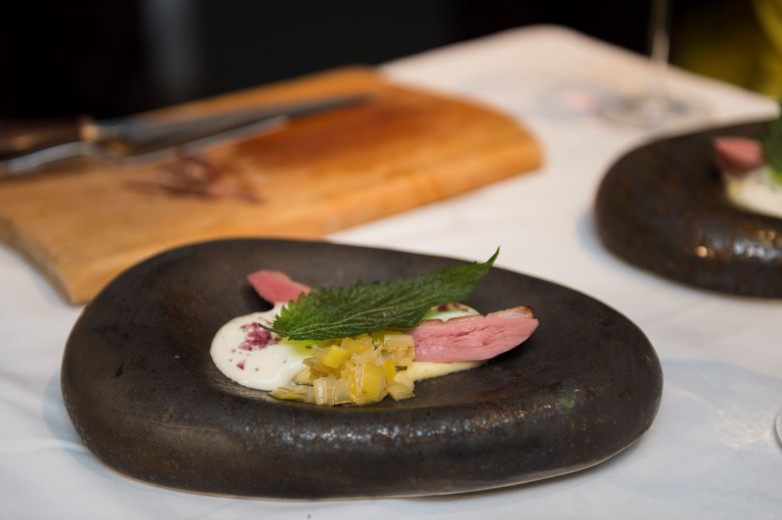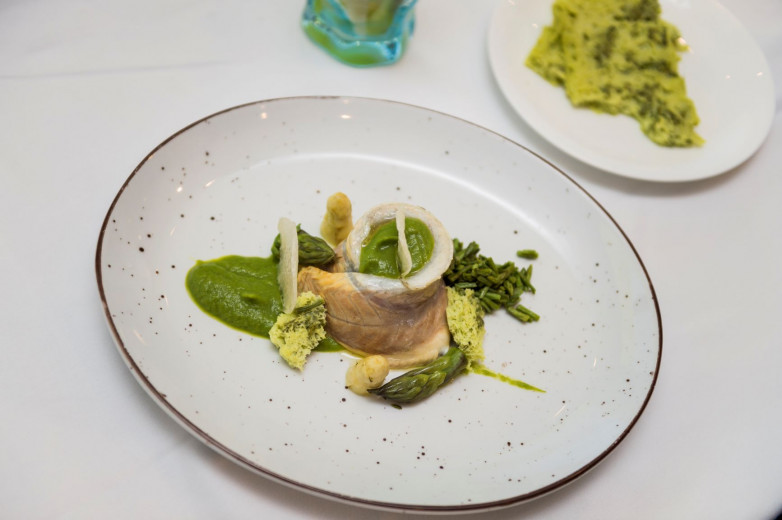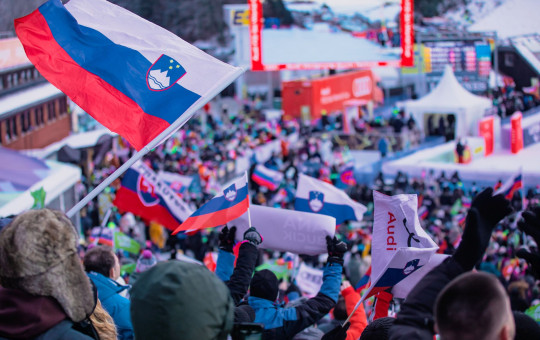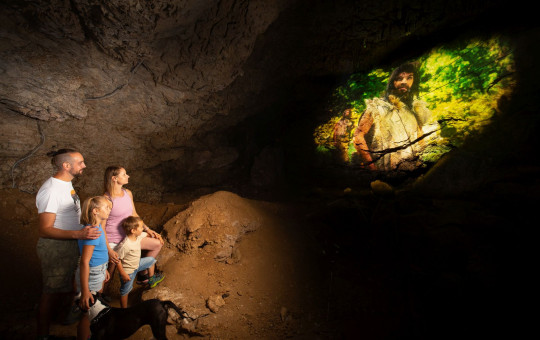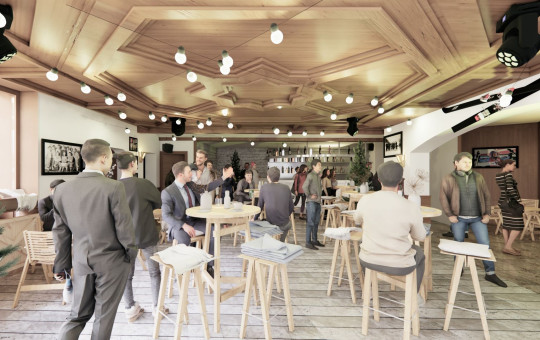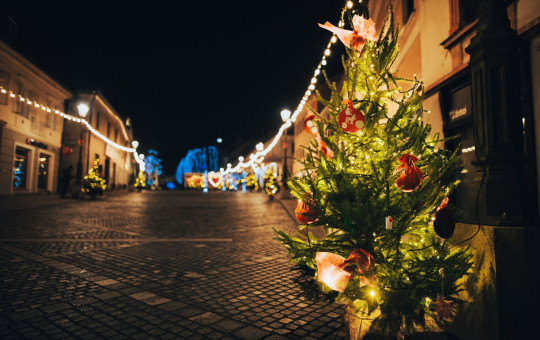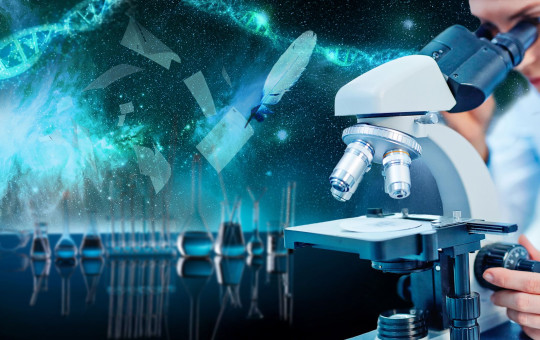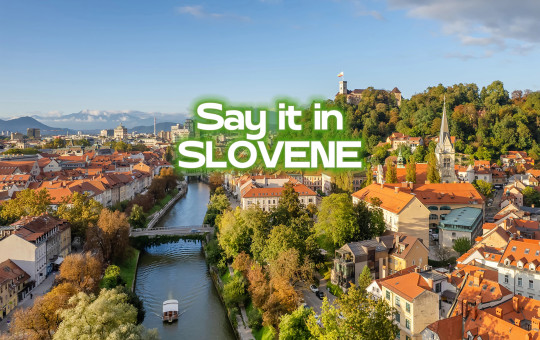Date: 26. February 2020
Time to read: 2 min
Green is the colour of the Slovenian DNA – in many ways. Often referred to as the land of forests, Slovenia has almost 60% of its territory wooded, making it the third-most-forested country in Europe, and one of the greenest in the world.
Capital city Ljubljana is a proud holder of the title 2016 European Green Capital and has just been recognised as a Tree City of the World. It is also the first European capital to commit to going zero-waste.
Slovenians like to say that they are as busy as bees, which genuinely holds true: Slovenia is the most passionate beekeeping country in the EU (it has almost five beekeepers per 1,000 people). On Slovenia’s initiative, the United Nations proclaimed 20 May as World Bee Day, a day for raising awareness of the extraordinary role bees play in the survival of humankind.
Slovenia is also one of the most environmentally-friendly countries in the world
According to the Good Country Index, it ranks fourth among 153 countries in terms of its positive contribution to the planet and the climate. Great efforts have also been made in terms of sustainability. This is why, in the field of tourism, Slovenia ranks among the world’s top sustainable countries to visit.
For the past decade, Slovenia has actively developed sustainable forms of tourism and established the Green Scheme of Slovenian Tourism - the central mechanism in developing and promoting sustainable tourism in Slovenia – which has become a role model for the rest of the world.
Slovenia is also a country with above-average biodiversity and an absolute champion in terms of the number of animal and plant species per square kilometre: it is home to 1% of all known species and more than 2% of all terrestrial species.
Furthermore, Slovenia is home to as many as 3,119 native plant species and 18 registered native animal species.
Among them are a native honeybee species, the Carniolan honeybee, and Lipizzaner horses, originating from the Lipica stud farm, which was established in 1580 in the Karst region in the south-western part of Slovenia. Not to forget the world-famous Postojna Cave, the largest and most attractive show cave in Europe, which is home to the olm, a rare animal species often refered to as the ‘baby dragon’.
In 2021, Slovenia will become the European Region of Gastronomy
In 2021, Slovenia will become the European Region of Gastronomy and promises to satisfy the tastebuds of even the most demanding seekers of authentic flavours. With 24 gastronomic regions, and 365 varieties of food and drink specific to a certain region or town, visitors can taste a different delicacy every day of the year.
With world-leading chefs, the World’s Best Female Chef 2017 Ana Roš, three wine regions and 52 wine grape varieties (including the oldest grapevine in the world growing in Maribor), you can see why Slovenia is welcome on the culinary map of world-class gastronomy destinations.
The fact is that it is perfectly located at the crossroads of the Mediterranean, the Alps, the Karst and the Pannonian Plain. Slovenia can be traversed in just a day (though we recommend you to take time and travel slowly!), and it takes even less to travel from Ljubljana to the neighbouring countries: 45 minutes to Austria, 1 hour to Italy, 1.5 hours to Croatia and less than 2 hours to Hungary.
It is no cliché but pure truth that there are few countries in the world, if any, where one can hit the ski slopes of the Alps in the morning and then drive off to take a dip in the sea in the afternoon.

